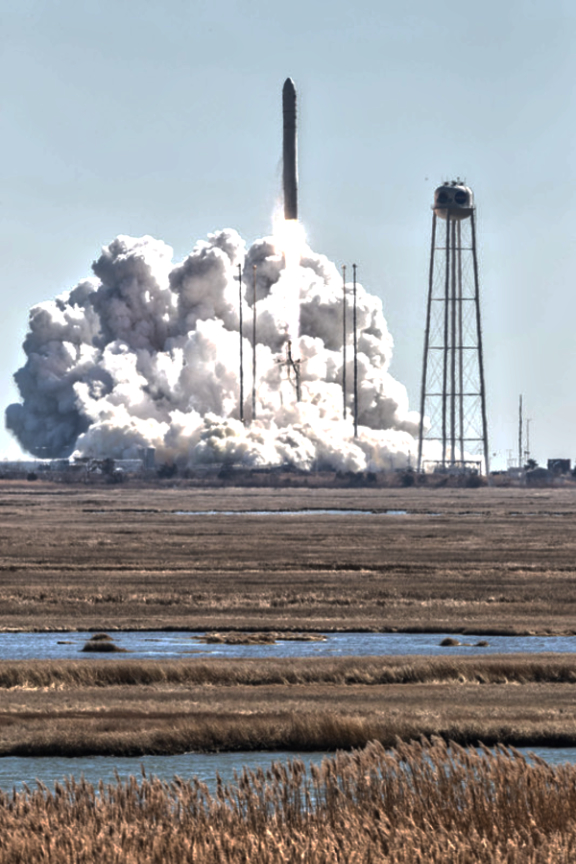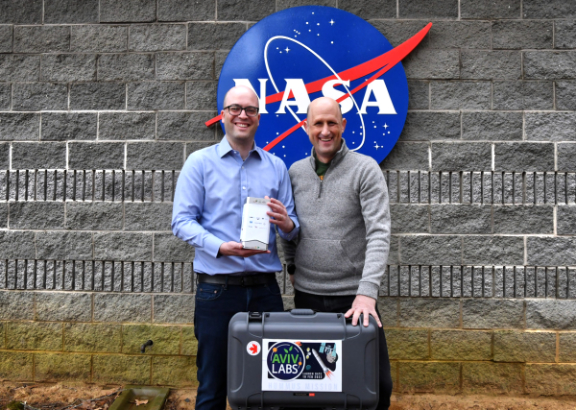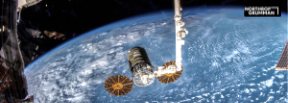
Israeli chickpea seeds were among the supplies and equipment sent to the International Space Station (ISS) on February 19, 2022, for a series of experiments aimed at controlling growth of crops via technology.
Contained for optimal growth in a small device called a “miniature greenhouse,” they will be delivered as part of Northrop Grumman’s 17th commercial resupply services mission to the ISS, aboard its Cygnus spacecraft. These special greenhouses are also well-suited for travel to the moon, which will be the next step of the mission.
The chickpeas are part of a project called “Space Hummus,” which will test hydroponic techniques for plant growth in zero gravity. A superfood with high nutritional value, chickpeas grow quickly and easily, making them ideal for space cultivation. Scientists will conduct experiments on the ISS using special LEDs to see how well plant growth can be controlled, remotely observing and controlling root growth through video and still images.
The goal is to maximize productivity and allow efficient management of resources on future space colonies on the moon and Mars. The team believes that perfecting techniques for control, part of a field called synthetic biology, could be essential to growing crops in a space station or on the moon and other planets.
“We can’t let the plans ‘grow wild’ in future colonies because they will quickly run out of resources,” said Co-Founder of SpaceIL, Yonatan Winetraub (PhD, biophysics at Stanford University), the visionary behind the experiment. “Our hope is to use our technology to control the rate of chickpea growth in space with zero gravity and limited resources.”
Led by Winetraub, scientists and engineers from Israel and Stanford University, VC fund Moon2Mars Ventures and the Desert Mars Analog Ramon Station (D-Mars), the experiments will receive additional assistance from Yeruham Science Center high-school students and be performed, in part, by Israeli astronaut Eytan Stibbe (RAKIA mission, 2022).

The “Space Hummus” experiment would not have been possible without the support of Strauss Group Ltd., an Israeli F&B company; and Haifa Group, which specializes in advanced technological solutions for precision agriculture and has developed a unique nutrient formula for growing chickpeas in space to ensure high-quality crops per unit area.
“We don’t know if chickpeas can grow in space. This is something that has actually never been done before,” said Winetraub. “The challenge is not just how to grow as many chickpeas as possible, but how to control the way they are grown – so that we maximize our limited resources. The more we learn to grow food with fewer resources, the more prepared we will be for the challenges that await us on Earth, as well,” he added.

NASA has recently announced that it’s looking at ways to provide astronauts with nutrients in a long-lasting, easily absorbed form, such as through freshly grown fruits and vegetables. The agency agrees that the challenge is how to do that in a closed environment without sunlight or Earth’s gravity.
